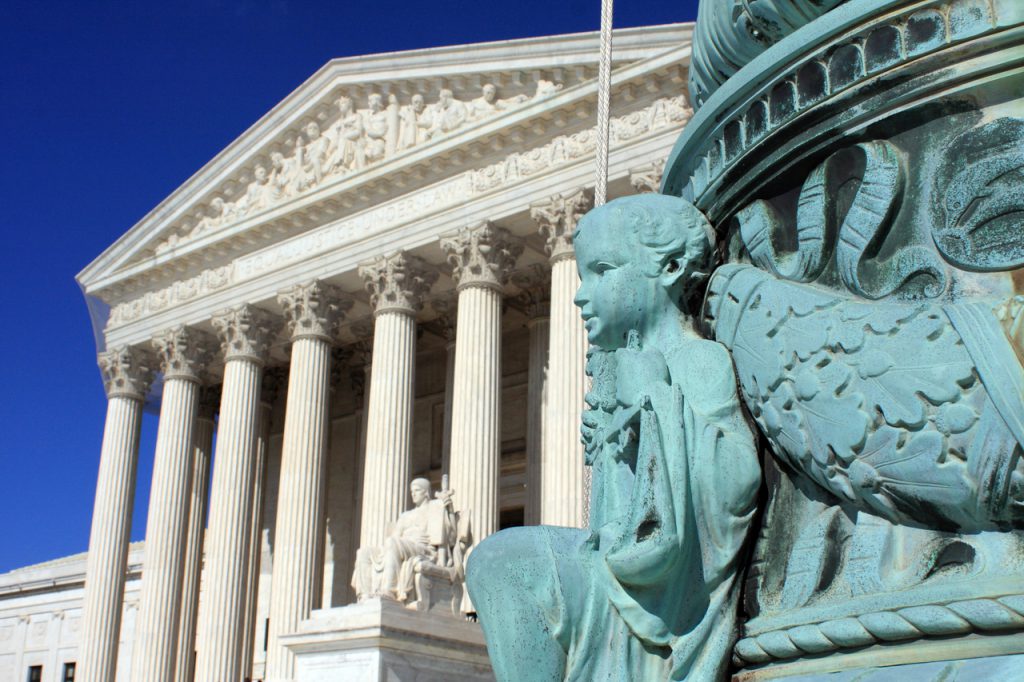
Background
In Cedar Point Nursery v. Hassid, the United States Supreme Court considered whether a California regulation constituted an unconstitutional taking without just compensation in violation of the Fifth Amendment. California’s regulation permitted union organizers, for the purpose of soliciting support for unionization, to enter the properties of agricultural businesses for up to 3 hours per day, 120 days per year. The regulation required organizers notify the state Agricultural Labor Relations Board (“ALRB”) and employer of the date and duration of the planned entry, but gave the employer no legal ability to stop the entry. Pursuant to this regulation, union organizers unsuccessfully attempted to enter the property of two agricultural employers in 2015.
In fear that union organizers would return to enter their property, Cedar Point Nursery and Fowler Packing Company sued members of the ALRB in federal court. These agricultural employers argued that the regulation constituted an unconstitutional per se physical taking. Both the district court and Ninth Circuit Court of Appeals ruled against the employers, concluding the regulation did not amount to a per se physical taking since the allowed entry was not permanent and continuous. The employers petitioned the Supreme Court for review, which the Court granted.
NFIB Join the Fray
After the Court decided to hear the case, NFIB joined with the CATO Institute in filing an amicus brief supporting the agricultural employers.
NFIB’s brief argued that the right to exclude individuals from one’s property was a fundamental aspect of property ownership. Pointing to scholarship and the Court’s own precedent, the brief traced the long recognition of the right to exclude as an aspect of property ownership. Because of this long historical acceptance, we argued the right to exclude deserves the same near-absolute protection as other fundamental rights stemming from property ownership, like the right to transfer or devise one’s property. We maintained that an infringement on the right to exclude was a per se taking, subject to very narrow exceptions (to restrict harmful uses and where a reciprocal advantage was conferred)—neither of which were present in this case. Recognizing that courts are too often eager to find one of these exceptions applicable, the brief argued that the test for per se takings should be strengthened to include any actual physical invasion of property, even where the invasion was only partial and not permanent. Finally, the brief concluded by disproving California’s flimsy argument that this specific regulation was necessary to prevent harm or confer a public benefit.
SCOTUS Agrees!
On June 23rd, the Supreme Court released its decision in the case. The Court held that the right to exclude was a fundamental aspect of property ownership, and the California regulation’s interference with this right constituted a per se taking, requiring compensation under the Fifth Amendment. The Court’s holding aligns with the arguments made in NFIB’s brief.
The Court insightfully began its analysis by quoting John Adams’s statement that “[p]roperty must be secured, or liberty cannot exist.” Reviewing its takings precedent, the Court distinguished between per se physical takings, where the government takes possession or occupies private property, and regulatory takings, where the government does not appropriate private property for another’s use, but instead just restricts the owner’s use. Demarcating the line between the two, the Court made clear that the proper inquiry was whether the government action physically made use of property for itself or another party. When the answer is yes, a per se taking has occurred.
After clearly defining its takings precedent, the Court turned to the California regulation at issue. Because the regulation was a “government-authorized physical invasion[]” of property and granted union organizers a “right to physically enter and occupy the growers’ land[,]” it constituted a per se physical taking. Justifying this holding, the Court stated that the “right to exclude is ‘one of the most treasured’ rights of property ownership.” The Court dismissed the idea that the regulation could not be a per se taking because the physical invasion authorized was not permanent and continuous, refuting this rationale of the dissent and Ninth Circuit as “insupportable as a manner of precedent and common sense.” The question was not the extent of the physical invasion, as this was only pertinent to determining the amount of compensation required. Instead, the relevant question was whether a physical appropriation of property took place—meaning either an intermittent or permanent appropriation of private property could be a per se taking. Here, the answer was clear—California’s regulation appropriated business owners’ property for the use of another, interfering with the owners’ fundamental right to exclude others.
This opinion strengthens the property rights of small businesses nationwide. Small business owners should rejoice knowing that the Supreme Court has demonstrated a commitment to upholding and securing their property rights.
Updated July 1, 2021
